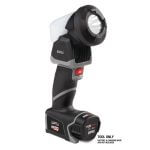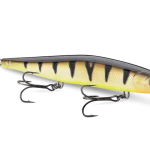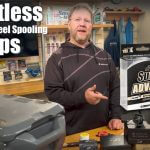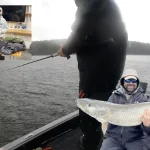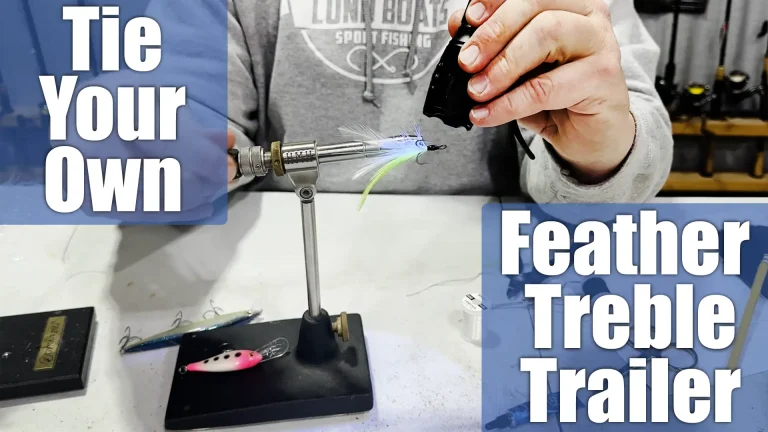VIDEO: Jeremy Smith and Matt Parker go on the prowl for monstrous early-season bluegills and crappies in transition from deep to shallow.
Panfish are an American favorite for a variety of good reasons. It’s angling at its most basic and fun—an inexpensive rod and reel paired with hook, line, and sinker, a bobber — maybe a little livebait, or a soft plastic morsel. That’s all you need for a great day on the water chasing panfish. And for a lot of anglers, sunfish and crappies started our lifelong love affair with fishing. Panfish provide lots of action and some pretty excellent table fare; plus, no matter where you live, there’s a great chance you don’t live far from waters that host excellent panfish fishing.
A great time to target big panfish is early in the season when they transition from deep to shallow—covering water with crank and wind presentations and using the latest in trolling motor technology for precise boat control. On lakes with big panfish, this is a deadly search and destroy tactic that often produces quality panfish.
Tiny Spinnerbaits are very effective for panfish — but they are a forgotten option to many. I’m guessing many people probably have some of the old little spinnerbaits lost somewhere in their tackle box. Spinnerbaits are deadly on bass in the spring, but they also work awesome panfish like crappies and bluegills.

A St. Croix 7-foot medium-light fast-action rod or an 11-foot St. Croix rod paired with a Daiwa Luvias reel allows anglers to cast efficiently using a nano braid. I have played with many different lines over the years, and nano braid is a superior product for panfishing. It’s easy to cast lightweight lures a good 30 yards away with this rod and reel combo, allowing anglers to make precision cast right along the edge of the cover where the panfish are located. The long rod allows for better depth and speed control during the entire retrieval.
Some of the significant advancements we’ve had in fishing electronics include the trolling motor for excellent and precise boat control. Even when trying to hold on a sharp break in a stout wind, I can use Spot-Lock to anchor and hold in the exact location. Spot-Lock also excels in deeper water and far outperforms and is way easier than using an anchor. Using my remote control, I can push the button left or right to make 5-feet micro-adjustments to work through methodically and area to find schools of fish.
Side Imaging is another helpful tool that allows you to identify and locate deeper weeds, old bluegill colonies, and other types of good panfish cover. To get some of the best detail out of your side imaging, set your chart speed on the side imaging to roughly the speed you’re going. So if you are going around four mph, set your chart speed to four to get the best picture when Side-Imaging.
There’s also a growing legion of anglers whose love for giant panfish borders obsession with 10-inch-plus bull ‘gills and hubcap-sized crappies that run well past the foot-long mark. It’s still about fun, but in the form of setting a new personal best, snapping a quick photo of the monster for social media, then releasing it to swim another day. Yes, we’ve seen the positive effects of selective harvest on many waters and how releasing bigger panfish does a wonder of good for increasing the quality of fishing for all.
Lots have changed over the years. In places where there were once lots of big bluegills, the same lakes are now full of tiny silver dollar sunfish — the big fish are gone. In Minnesota, we realize the ramifications of harvesting these big fish. Today, it’s almost easier to catch a big musky than giant bluegill.



